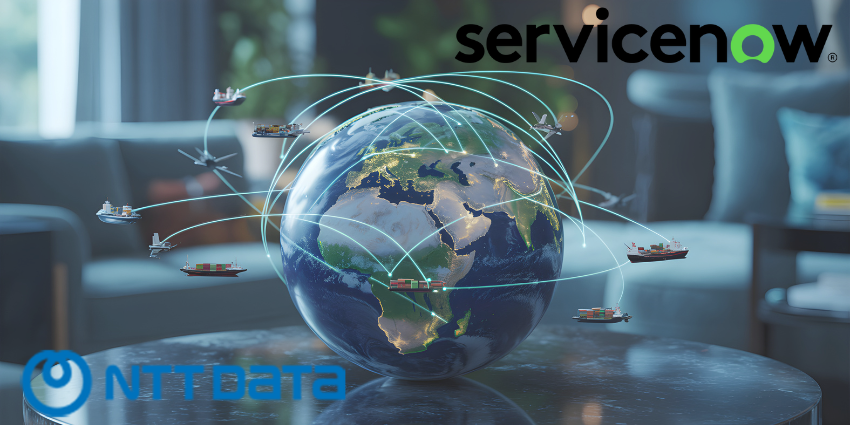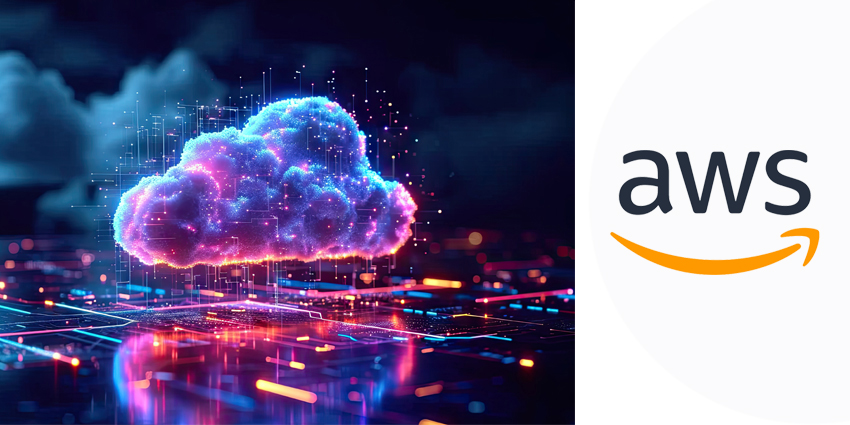It’s becoming a familiar story: A technical glitch at Cloudflare, one of the biggest internet infrastructure providers, knocked a number of websites and services offline for a few hours on November 18, disrupting customer access and merchant payments.
X (formerly Twitter), ChatGPT, Claude, Perplexity, Spotify and payment giant Square were among those caught up in the fallout.
The trouble began just before 11:48 GMT, when Cloudflare posted that it was dealing with an “internal service degradation” causing intermittent outages across its service network. Users saw error pages, stalled logins, broken APIs, and sites claiming connections were blocked. There were a few conflicting signals about the restoration progress, as at one stage the company reported that services were beginning to recover, but then around 15 minutes later reverted to “continuing to investigate this issue.”
By 13:04 GMT, Cloudflare admitted that one of its fixes involved disabling WARP access in London entirely, temporarily cutting off users from its WARP performance-boosting and VPN service that helps secure and accelerate internet connections:
“During our attempts to remediate, we have disabled WARP access in London. Users in London trying to access the Internet via WARP will see a failure to connect.”
Cloudflare announced a fix five minutes later, but continued to receive “reports of intermittent errors” until close to 17:00 GMT.
Untimely Outage Exposes Weak Spots in Online Payments
While the broken pages and error messages got the immediate attention, the real pain from such outages often comes from the disruption to payment flows. Failed transactions, repeated payment attempts, and unclear confirmations create a backlog of problems that merchants have to untangle later.
As Monica Eaton, Founder and CEO of Chargebacks911 and Fi911, said, “When major websites hiccup, users notice. When payment processors flicker, the ripple effects get messier—and much less visible.”
When customers are unable to complete payments, or worse, the system wobbles cause duplicate payments, the chaos continues beyond the initial outage.
“What actually happens during an outage like this is messy. Customers retry purchases, cards get hit twice, confirmation pages stall, and suddenly you have a wave of confusion that turns into disputes. By the time the dust settles, merchants are left cleaning up charges they never intended to send in the first place.”
And the timing of this particular outage, during the shopping days leading up to Black Friday, caused further headaches, as Charlie Jackson, Executive Director of Gumpo Digital Marketing, pointed out:
“This is not just a typical server blip, this is a multi-million pound algorithm disruption hitting the digital marketing world at the worst possible time. With major e-commerce brands down and around 80% of our clients relying on Cloudflare, we had no choice but to immediately hit the pause button on high-spending PPC and paid social campaigns.
That will not only affect revenue on the day, but will have a knock-on effect on retailers’ performance over the Black Friday period, Jackson said, because advertising platforms like Google and Meta use machine learning. “When you interrupt high-performing campaigns, you essentially disrupt the algorithms’ constant flow of data needed to optimize budgets and target audiences effectively.”
The hours-long outage could cost the retail sector millions in disrupted campaigns and lost momentum during the biggest shopping event of the year.
“We’re in the most critical 10-day scaling window before Black Friday and this outage has once again flagged the impact CDN outages can have and that though they bring benefits on the whole, they do leave sites vulnerable and at the mercy of Cloudflare to resolve these issues,” Jackson said.
Repeated Cloud Outages Are Exposing Systemic Weaknesses
Cloudflare’s stumble, coming shortly after massive outages in the past month at AWS and Microsoft Azure that caused their own waves of disruption, has given more fuel to warnings over the dependence on a small number of global infrastructure giants. As Eaton noted:
“Cloudflare going dark today should snap every merchant back to reality. We keep building bigger online businesses, yet so much of that growth depends on a few invisible services holding everything together. When one of them goes down, even for a moment, the internet feels like a house with loose wiring. Lights flicker everywhere. Payments included.”
Mike Hoy, CTO at Pulsant, has warned that the concentration of workloads in the hands of so few providers creates systemic risk. His concern is twofold: the technological fragility and the lack of practical recovery planning among businesses. “Encouragingly, many organizations are already moving away from dependence on a single public cloud provider. Recent research from Pulsant reveals that 87% of businesses plan to partially or fully repatriate workloads over the next two years—up from 43% in 2021, according to Barclays.”
But that shift isn’t simple, as regulatory constraints, data transfer costs and platform lock-in all slow the transition. These outages expose the vulnerabilities of the current model and why a more competitive and distributed cloud ecosystem is needed, Hoy said.
“True resilience requires workloads to span colocation, private infrastructure, and public cloud. Colocation sites provide critical support when primary facilities fail. They offer regional diversity, robust physical security, and the connectivity needed to bridge private systems with cloud platforms.”
But this only works if recovery strategies stay consistent and coordinated. Otherwise, the slowest backup system becomes the bottleneck, Hoy added. As enterprises plan for the year ahead and beyond, they need to build recovery into their digital architecture.
Eaton stressed that businesses shouldn’t view infrastructure faults as rare surprises that leave them scrambling. Instead they should account for them as operational realities that need structure and preparation.
“Treat outages like this as part of normal operations instead of strange one-offs.
Practical steps can prevent minor glitches from turning into major financial cleanups: “Track failed and duplicate transactions. Talk to customers before they start guessing what went wrong. Make a quick log of what happened today so you are not trying to piece it together weeks from now when chargebacks start landing.”
Financial services have been especially rattled by the repeated outages. After the recent AWS outage disrupted several major UK banks, the Financial Conduct Authority warned that the UK needs to “strengthen” its oversight of foreign tech providers.
“The FCA’s latest warning underlines how heavily the UK’s financial system now relies on a small number of foreign companies to deliver the core digital services it depends on,” Vivek Dodd, CEO at Skillcast, said.
“Such disruptions expose not just technical faults but broader challenges around operational resilience and business continuity in a hyperconnected economy.”
While many financial institutions have made progress in digital transformation, their contingency strategies often still assume the reliability of third-party partners, Dodd noted. But “even the most sophisticated global tech firms are not immune to outages or cyber-attacks, and the consequences for customers and markets can be significant.”
Enterprise continuity and recovery plans should map critical dependencies and identify single points of failure, Dodd said. They should include layered contingency measures such as multi-cloud or hybrid hosting strategies, and proactive communication.
“Ultimately, resilience isn’t just about protecting systems; it’s about preserving customer trust and safeguarding organizational reputation in an increasingly digital world,” Dodd said.
Indeed, the underlying concern is bigger than a single provider’s bad day. Between AWS, Azure, and now Cloudflare, outages are coming more often, and the consequences are hitting more critical services.
The goal is to stay grounded and tighten the parts of the process that businesses can actually influence, Eaton said.
“None of this is about panic. It is about owning the risks you can control. Cloudflare had an outage today. Another provider will have one tomorrow. What matters is whether businesses learn from these moments or keep hoping luck will cover the gaps.”
Businesses need to wake up to the fact that the internet’s backbone rests on fewer pillars than most customers realize, and those pillars are wobbling more often.







